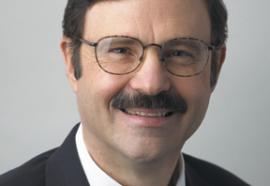A National Meltdown
Discordant global-warming solutions may end up burning utilities.
How will utilities in the next 10 years manage a multi-billion-dollar infrastructure buildout, higher interest rates/cost of capital, diminishing free cash flows, state renewable mandates, and political pressures to keep rates or power prices low, all while complying with carbon emissions programs that emphasize higher-cost fuels? Meeting the challenges may depend on whether a national carbon program that regulates carbon emissions is established.






